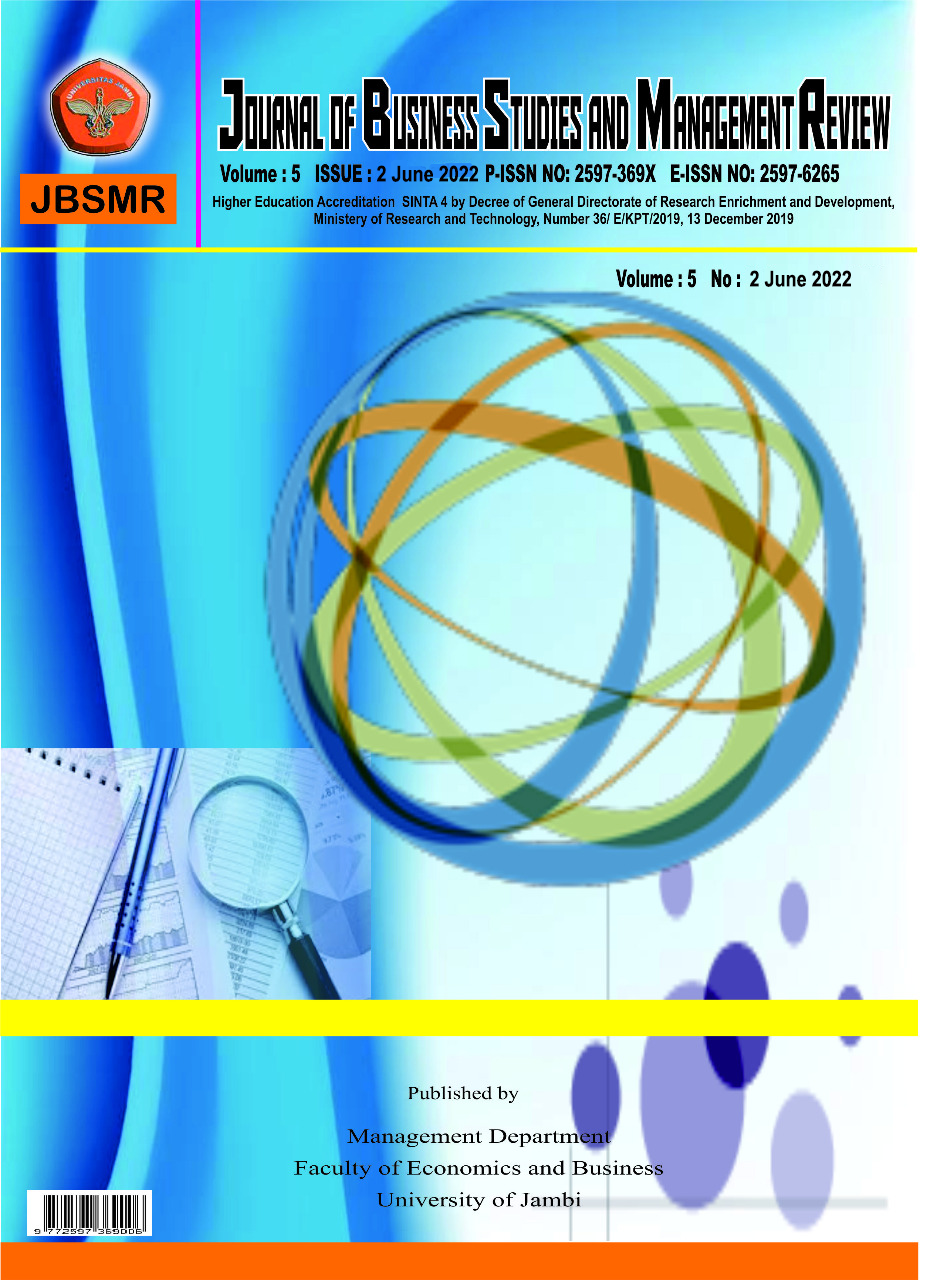EXPLORING DETERMINANT FACTORS THAT ENCOURAGE EFFECTIVENESS OF RECRUITMENT AND SELECTION PROCESS (CASE STUDY AT BANK BRI, MANADO BRANCH)
DOI:
https://doi.org/10.22437/jbsmr.v5i2.18902Keywords:
Recruitment, Selection, Employee Performance, Qualitative, Bank BRI Manado branchAbstract
This study aims to investigate: 1) recruitment process, 2) selection process, 3) implementation of recruitment and selection system, and 4) evaluation toward recruitment and selection activities at Bank BRI Manado branch. This bank is the main branch office in the city of Manado which covers units and cash offices in the city of Manado. The research method used is a qualitative method with a case study approach, while the data collection methods are in-depth interviews, observation, and documentation on the object of research. Data analysis techniques are triangulation, data reduction, data display and interpretive conclusion drawing based on the suitability between concept categorization and the results of data reduction in the field. The findings of this study indicate that in the case of Bank BRI Manado branch, there are at least three main factors that drive the effectiveness of the recruitment and selection process, that are bank reputation, transparency in recruitment-selection activities, and the quality of interviews with candidates. These three main factors are believed to be able to produce competent bank employees who are positively committed to the company. A more detailed explanation of the implications of each factor is described in the discussion section of this article.
Downloads
Downloads
Published
How to Cite
Issue
Section
License
Copyright (c) 2022 Jhoni Franata, Handrio Adhi Pradana

This work is licensed under a Creative Commons Attribution 4.0 International License.

This work is licensed under a Creative Commons Attribution 4.0 International License.




.png)


